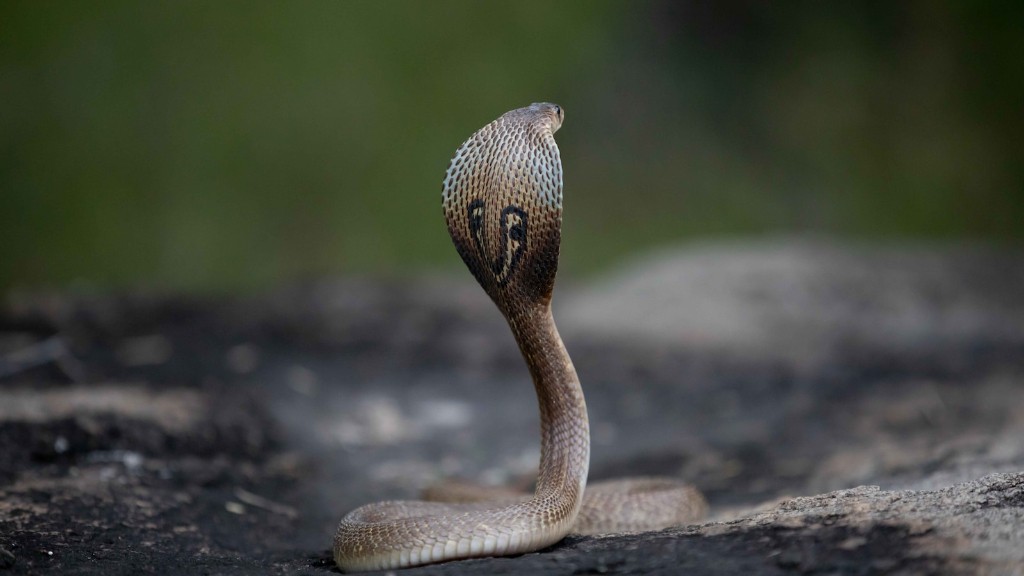Where Does the King Cobra Snake Live?
Introduction
The captivating world of snakes never ceases to amaze. One particular species, the king cobra snake (Ophiophagus hannah), commands attention with its majestic appearance and formidable reputation. As a highly venomous serpent, the king cobra’s geographic distribution plays a crucial role in understanding its ecological significance. In this article, we will explore the diverse habitats that the king cobra occupies, shedding light on its preferred dwelling places and offering insights into its unique survival strategies.
Habitat Range
The king cobra is native to the Indian subcontinent and Southeast Asia, encompassing countries such as India, Bangladesh, Myanmar, Thailand, Malaysia, and Indonesia. Within this vast range, it exhibits remarkable adaptability to various ecosystems, including forests, grasslands, mangroves, and even agricultural areas.
Forest Habitats
Within the forest habitats, the king cobra can be found in both evergreen and deciduous forests. It tends to inhabit areas with dense vegetation, such as the understory or forest edges, where it can find suitable shelter and abundant prey. Fallen logs, rock crevices, and dense vegetation provide ideal hiding spots for the snake, allowing it to blend seamlessly into its surroundings.
These forest habitats offer the king cobra an ample supply of food, as their preferred diet includes a variety of snakes, lizards, frogs, and small mammals. Its adaptability is further demonstrated by its ability to thrive in both lowland and mountainous forest regions, showcasing the king cobra’s exceptional versatility.
Grassland Habitats
The king cobra’s ability to colonize grassland habitats adds another dimension to its habitat range. It can be found in open grasslands, savannahs, and even agricultural fields. In these environments, the snake may seek refuge in burrows or crevices, utilizing the available shelter and carefully navigating its way through the terrain.
The presence of abundant prey, such as rodents and smaller snake species, attracts the king cobra to these grassland habitats. This ecological flexibility allows the snake to exploit various food sources, ensuring its survival even in environments quite different from its forest dwellings.
Mangrove Habitats
The king cobra’s versatility extends to mangrove habitats as well. These specific coastal environments, characterized by a unique combination of land and water, provide the snake with an alternative habitat to explore. Here, the king cobra skillfully maneuvers through the tangled roots of mangrove trees, securing both terrestrial and aquatic prey.
Mangrove habitats are renowned for their high biological productivity, offering the king cobra an abundant food supply. With their proximity to water, these habitats also facilitate the snake’s ability to swim and traverse aquatic regions, further expanding its foraging opportunities.
Ecological Significance
Understanding the king cobra’s habitat range is not only crucial for appreciating the snake’s ecological adaptability but also for recognizing its indispensable role within its respective ecosystems. As an apex predator, the king cobra plays a vital role in regulating the populations of its prey species, thus maintaining the delicate balance of the food chain.
Moreover, the presence of the king cobra can also serve as an indicator of a healthy ecosystem. Its existence highlights the biodiversity and environmental stability of the region, as the snake’s survival is directly linked to the availability of suitable habitats and an abundant prey base.
Conclusion
The king cobra’s habitat range spans across the Indian subcontinent and Southeast Asia, encompassing a diverse array of ecosystems ranging from forests and grasslands to mangroves. Its adaptability to varying environmental conditions showcases its remarkable survival strategies.
By delving into the intricacies of the king cobra’s habitat preferences, we gain valuable insights into the snake’s ecological significance and the delicate balance it maintains within its ecosystems. As we continue to explore and appreciate the wonders of this fascinating species, it becomes evident that the king cobra’s habitat range is a key aspect of its existence and contributes to the rich tapestry of biodiversity in our natural world.


